Search Images
Browse Content (p. 1230)

Image
Ruined Walls of Erebuni Fortress
Surrounded by defensive walls - in parts up to 15 m (49 ft) in height and 3-4 m (10-13 ft) in width - Erebuni was accessible from an eastern entrance, which offered strategic views of the three-range defensive walls in addition to the Ararat...
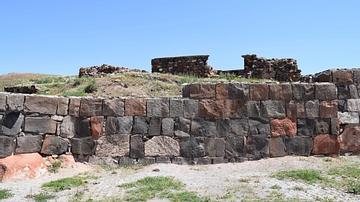
Image
Section of Walls, Erebuni Fortress
Founded in 782 BCE, Erebuni Fortress is older than the ancient city of Rome. The fortress was the chief administrative center for several generations of Urartian kings. It is considered by many historians and archaeologists to be the finest...
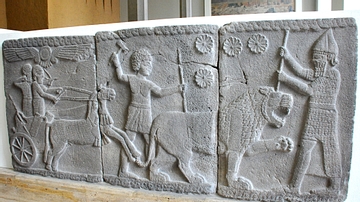
Image
Lion-hunting Scene from Sakçagözü
This basalt wall relief depicts a lion-hunting scene. The soldier in front of the lion as well as the horse wear a body armor. The archer standing on the chariot is probably the ruler and is protected by the winged sun-disc above his head...
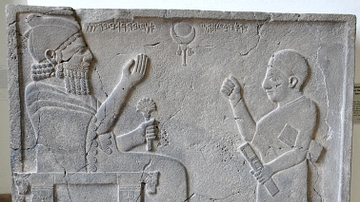
Image
Prince Barrakib
This basalt wall relief depicts Prince Barrakib (Bar-Kib) sitting on a throne. Before him, a scribe stands with a writing tablet beneath his arm. The Aramaic inscription besides his head reads "I'm Barrakib, son of Panammwua". After this...
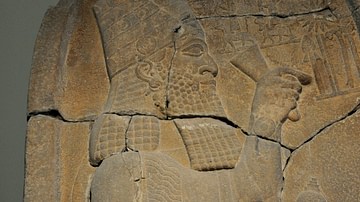
Image
King Esarhaddon
A close-up view of the upper part of the so-called Victory Stele of Esarhaddon depicting the Assyrian king Esarhaddon praying in front of symbols of deities. From the citadel at Sam'al/Zincirli, modern Southern Turkey. Neo-Assyrian Empire...
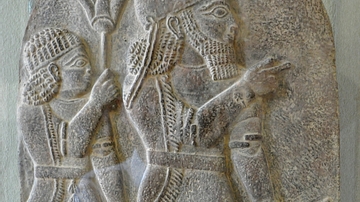
Image
Prince Kilamuwa
This basal stele depicts prince Kilamuwa accompanied by a servant. Circa 830 BCE. Found at one of the halls of a building at the citadel of Sam'al/Zincirli, modern-day Southern Turkey. (Pergamon Museum, Berlin)
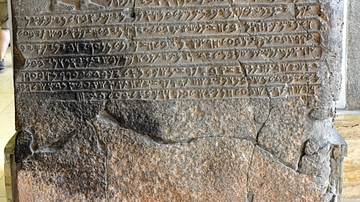
Image
Stele of Prince Kilamuwa from Sam'al
This basalt stele was inscribed with Phoenician language. The upper part of the stele depicts Kilamuwa praying in front of symbols of deities. Circa 825 BCE. From one of palaces at the citadel of Sam'al/Zincirli, modern-day Southern Turkey...
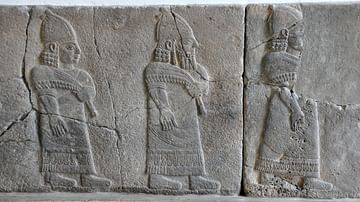
Image
Court Officials from Sam'al
This basalt wall relief depicts a procession of court officials. 8th century BCE. From the citadel of Zincirli/Sam'al, modern-day Southern Turkey. (Pergamon Museum, Berlin)
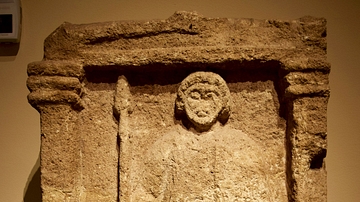
Image
Gravestone of a Warrior, Black Sea
A memorial carved from limestone of an ancient Black Sea warrior with his spear and shield. The Bosphorus region of present-day Turkey, c. 125-50 BCE. (Pushkin Museum, Moscow.)
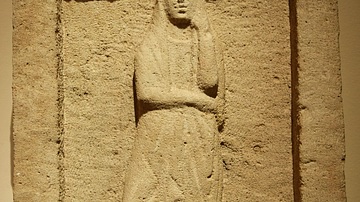
Image
Gravestone of Greek Woman from Black Sea
Limestone grave-stela of a Greek woman from the Black Sea. Cape Tuzla (Taman, Russia), c. 100 BCE-100 CE. (Pushkin Museum, Moscow)